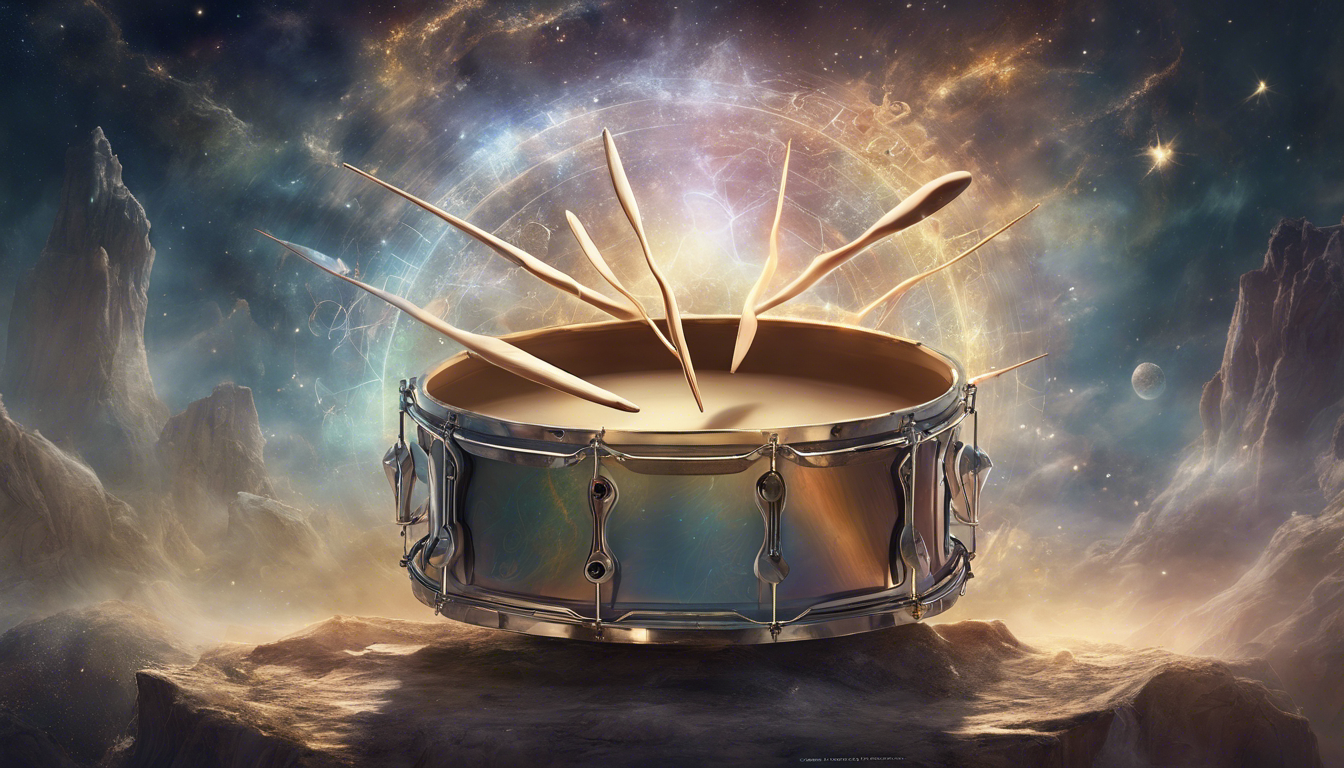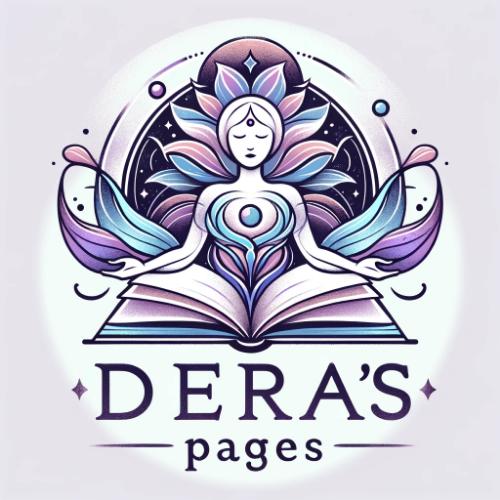As drum symbols add depth and complexity to rhythms, they play a crucial role in shaping the overall musical experience. Exploring the significance and impact of these symbols unveils a rich world of sonic possibilities.
The Role of Drum Symbols in Music Composition

Drum symbols play a crucial role in music composition, providing drummers with a visual representation of the beats, accents, and dynamics within a piece of music. These symbols help communicate specific rhythms, patterns, and techniques to musicians, ensuring a cohesive and synchronized performance.
Understanding Drum Symbols
Drum symbols consist of various notations and markings that designate specific actions or sounds to be executed on a drum set. Common drum symbols include notes for different drum components such as the bass drum, snare drum, hi-hat, cymbals, and toms. Each symbol conveys a particular drumming technique or effect, guiding the drummer throughout the composition.
The Importance of Drum Symbols in Music Composition
Drum symbols serve as a universal language for drummers, enabling them to interpret and perform intricate rhythms accurately. By utilizing drum symbols, composers can effectively communicate their musical ideas and arrangements to drummers, ensuring a consistent interpretation of the intended piece.
Furthermore, drum symbols enhance the readability of drum sheet music, allowing drummers to quickly grasp the structure and intricacies of a musical composition. Whether indicating a specific drum pattern, a dynamic change, or a drum fill, these symbols provide detailed instructions that contribute to the overall musical experience.
Utilizing Drum Symbols for Expressive Drumming
Incorporating drum symbols into music composition encourages drummers to infuse their performances with creativity and expression. By understanding the nuances of each symbol and incorporating them thoughtfully, drummers can add layers of depth and emotion to their drumming, elevating the overall impact of the music.
Experimenting with various combinations of drum symbols allows drummers to personalize their performances, creating unique interpretations of existing compositions or developing original drum parts. This flexibility fosters innovation and artistic growth, enabling drummers to continually expand their musical repertoire.
In Conclusion
The role of drum symbols in music composition is undeniable, influencing the way drummers interpret, perform, and express themselves through their craft. By mastering the language of drum symbols, drummers can unlock a world of musical possibilities, enriching their performances and engaging with audiences on a deeper level.
Different Types of Drum Symbols and Their Meanings

understanding drum symbols: a guide to different types of drum symbols and their meanings
drums are not only about the beats and rhythms they produce; they also communicate through symbols. drum symbols carry various meanings and play a significant role in music composition and performance. Understanding the different types of drum symbols and their meanings can enhance your musical knowledge and skills.
types of drum symbols
accent: a symbol indicating to play the note louder and with more emphasis.
ghost note: a symbol representing a very soft note played subtly in the background.
rimshot: a symbol directing the drummer to strike the rim and the head of the drum simultaneously for a sharp, distinctive sound.
flam: two notes played almost simultaneously, with one slightly before the other, creating a sound effect.
roll: a symbol indicating a rapid succession of notes played in quick succession, creating a rolling sound.
meanings behind drum symbols
accent: enhances the intensity of a specific note, creating a dynamic and impactful sound.
ghost note: adds depth and texture to the music, creating a subtle yet essential layer of sound.
rimshot: used for punctuating the music with a sharp sound, often adding emphasis to certain beats or transitions.
flam: adds a sense of drama and syncopation to the music, creating an interesting rhythmic effect.
roll: creates a sense of excitement and energy, often used in drum solos or climactic sections of a song.
By understanding these drum symbols and their meanings, drummers can effectively communicate and add nuances to their performances. Practice incorporating these symbols into your playing to enhance your musical expression and creativity.
How Drum Symbols Enhance the Dynamics of a Song

drum symbols play a crucial role in music, enhancing the dynamics and overall feel of a song. From traditional musical notation to modern drum tabs, these symbols provide drummers with essential information on how to execute rhythms and accents effectively.
The Significance of Drum Symbols in Music
Drum symbols act as a universal language for drummers, allowing them to communicate and understand various rhythms and drumming techniques. Whether it’s a basic quarter note or a complex flam rudiment, these symbols convey the required intensity and timing of each drum hit.
Adding Depth and Variety to a Song
When incorporated thoughtfully, drum symbols can add depth and variety to a song, elevating the overall musical experience. By using symbols like accent marks, ghost notes, and rolls, drummers can create intricate patterns and textures that enhance the dynamics of a composition.
Enhancing Musical Expression
Each drum symbol serves a specific purpose in enhancing musical expression. For example, a crescendo symbol can signify a gradual increase in volume, while a stop symbol indicates a sudden, sharp break in the rhythm. By interpreting these symbols accurately, drummers can bring out the emotional nuances of a song.
Collaborating with Other Musicians
Understanding drum symbols is not only essential for individual drummers but also facilitates collaboration with other musicians. By following the designated symbols in sheet music or tablature, drummers can sync seamlessly with other instrumentalists, creating a cohesive sound that enhances the overall musical performance.
Incorporating Drum Symbols into Practice
To master the art of drumming, it’s crucial for drummers to practice reading and interpreting drum symbols regularly. By studying different rhythms, accents, and fills represented by symbols, drummers can improve their musicality and versatility, ultimately enriching their performances.
The Evolution of Drum Symbols in Different Musical Genres
the origins of drum symbols
the use of symbols to represent drum sounds has a long history, dating back centuries. in different cultures, drums were often accompanied by symbolic representations to notate rhythms and beats. these early drum symbols laid the foundation for the development of more complex notation systems in the future.
evolution in traditional music
traditional music genres around the world have their unique drum symbol systems. for example, african drumming traditions use specific symbols to indicate different drum strokes, hand movements, and rhythms. these symbols are essential for passing down the rich oral tradition of african drumming from one generation to the next.
modern applications in popular music
drum symbols have also found a place in modern music genres like rock, pop, and electronic music. drummers often use shorthand notation with symbols to communicate complex rhythms quickly during rehearsals and performances. these symbols help streamline the learning process and ensure consistency in rhythm across different musical pieces.
fusion of styles and symbols
as musical genres continue to blend and evolve, so do the drum symbol systems used within them. genres like jazz fusion, world music, and experimental rock incorporate a mix of traditional and modern drum symbols to create unique and innovative rhythms. this fusion of styles not only enriches the musical landscape but also challenges drummers to expand their notation skills.
the future of drum symbols
with the ongoing evolution of musical genres and technological advancements, the future of drum symbols is poised for further innovation. digital tools and software now offer drummers new ways to create and share symbol-based notation, contributing to a more collaborative and efficient music-making process. as genres continue to cross boundaries, the adaptability and versatility of drum symbols will play a crucial role in shaping the music of tomorrow.
Tips for Using Drum Symbols Effectively in Rhythm and Percussion
understanding drum symbols
drum symbols are essential in music notation for rhythm and percussion. they provide a visual representation of various drum sounds and techniques. learning to read and interpret these symbols is crucial for drummers and percussionists to effectively communicate and play music. some common drum symbols include:
– bass drum: represented by a bold, open circle placed at the bottom line of the staff.
– snare drum: shown as an x-shaped note on the middle line.
– hi-hat: displayed as a pair of small circles either stacked vertically or horizontally.
using drum symbols in rhythm
to use drum symbols effectively in rhythm, it is important to understand how each symbol corresponds to a specific drum sound. combining different symbols and note durations can create complex rhythms and grooves. some tips for using drum symbols in rhythm include:
– experiment with different combinations of symbols to create unique rhythms.
– practice reading drum notation regularly to improve your fluency.
– pay attention to dynamics and articulations indicated by symbols to enhance musical expression.
incorporating drum symbols in percussion
drum symbols are also used in percussion notation to indicate various techniques and effects on different percussion instruments. whether playing a drum set, xylophone, or other percussion instruments, understanding drum symbols is essential for accurate performance. here are some tips for incorporating drum symbols in percussion:
– familiarize yourself with percussion notation and the corresponding symbols for different instruments.
– practice interpreting and playing percussion passages with drum symbols to develop your skills.
– pay attention to tempo markings and other musical directions to play with precision.
final thoughts
in conclusion, mastering drum symbols is essential for drummers and percussionists to effectively communicate and play music. by understanding drum symbols, using them in rhythm and percussion, and incorporating them into musical performances, musicians can enhance their musicality and expressiveness. continuous practice and experimentation with drum symbols will lead to proficiency and creativity in rhythm and percussion playing.


Article written by Dera
Greetings, I am Dera, a 35-year-old individual with a deep passion for spirituality. Through my website, I aim to share my insights and knowledge to help others on their spiritual journey. Join me on the path to inner peace and enlightenment.